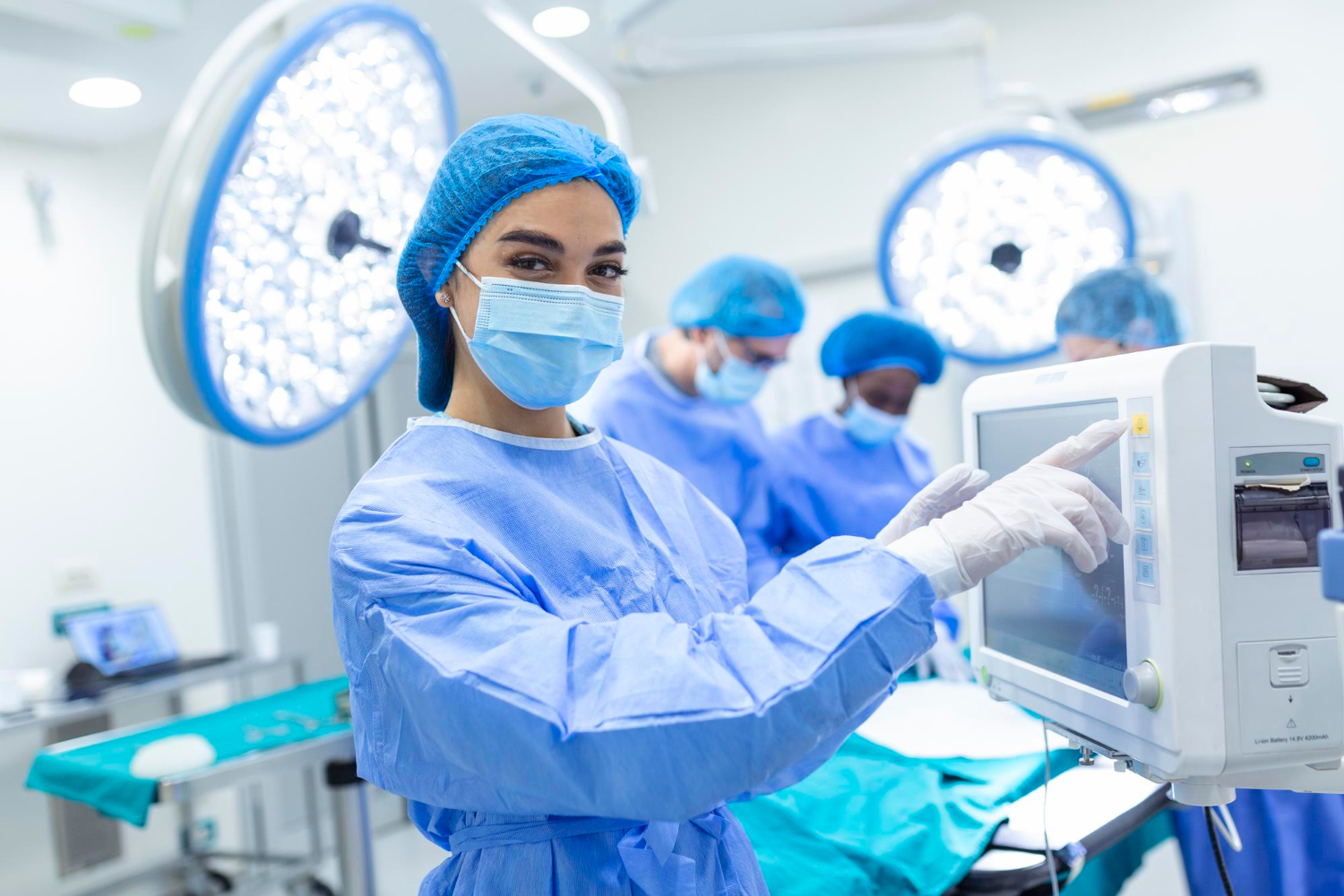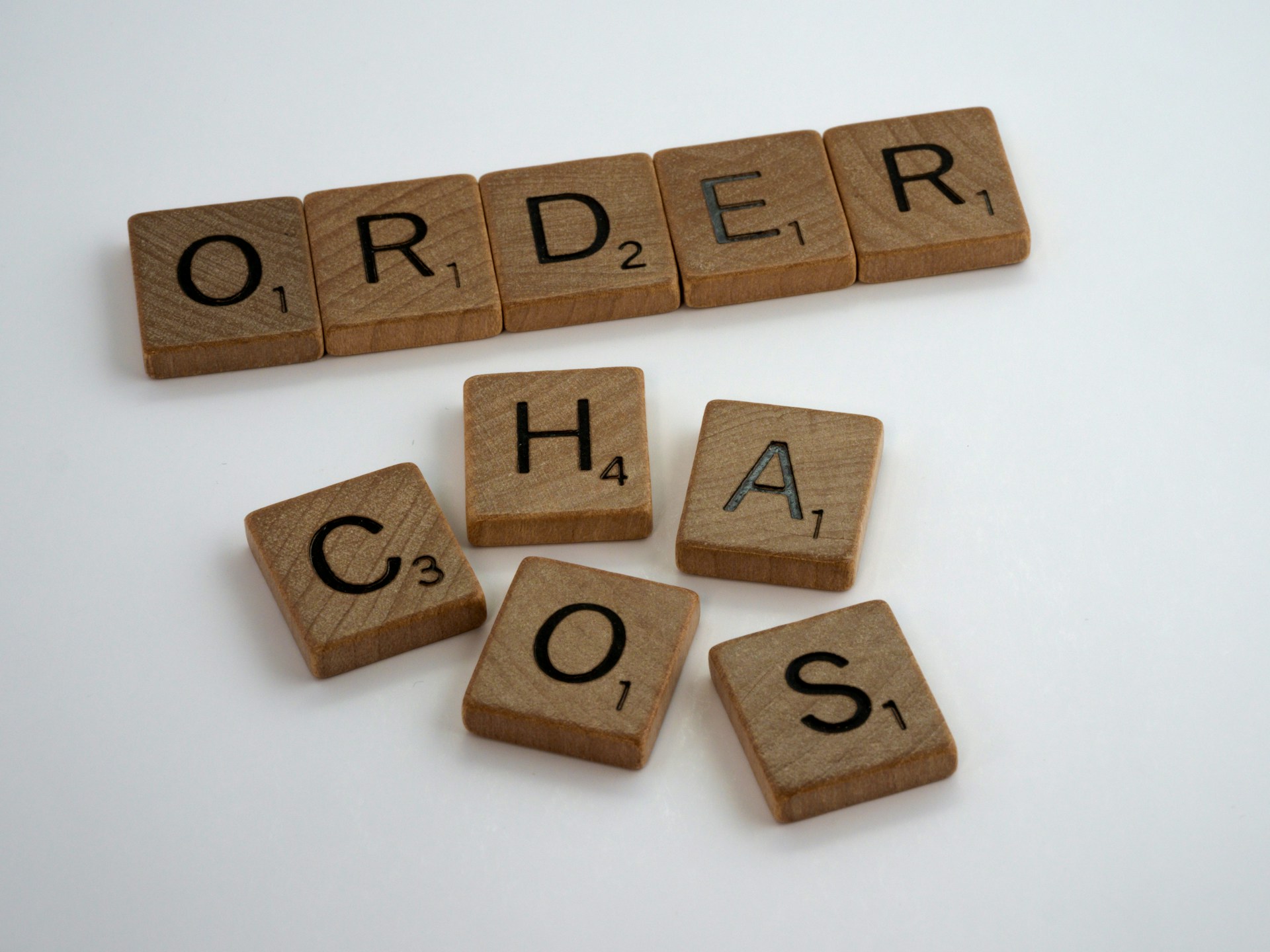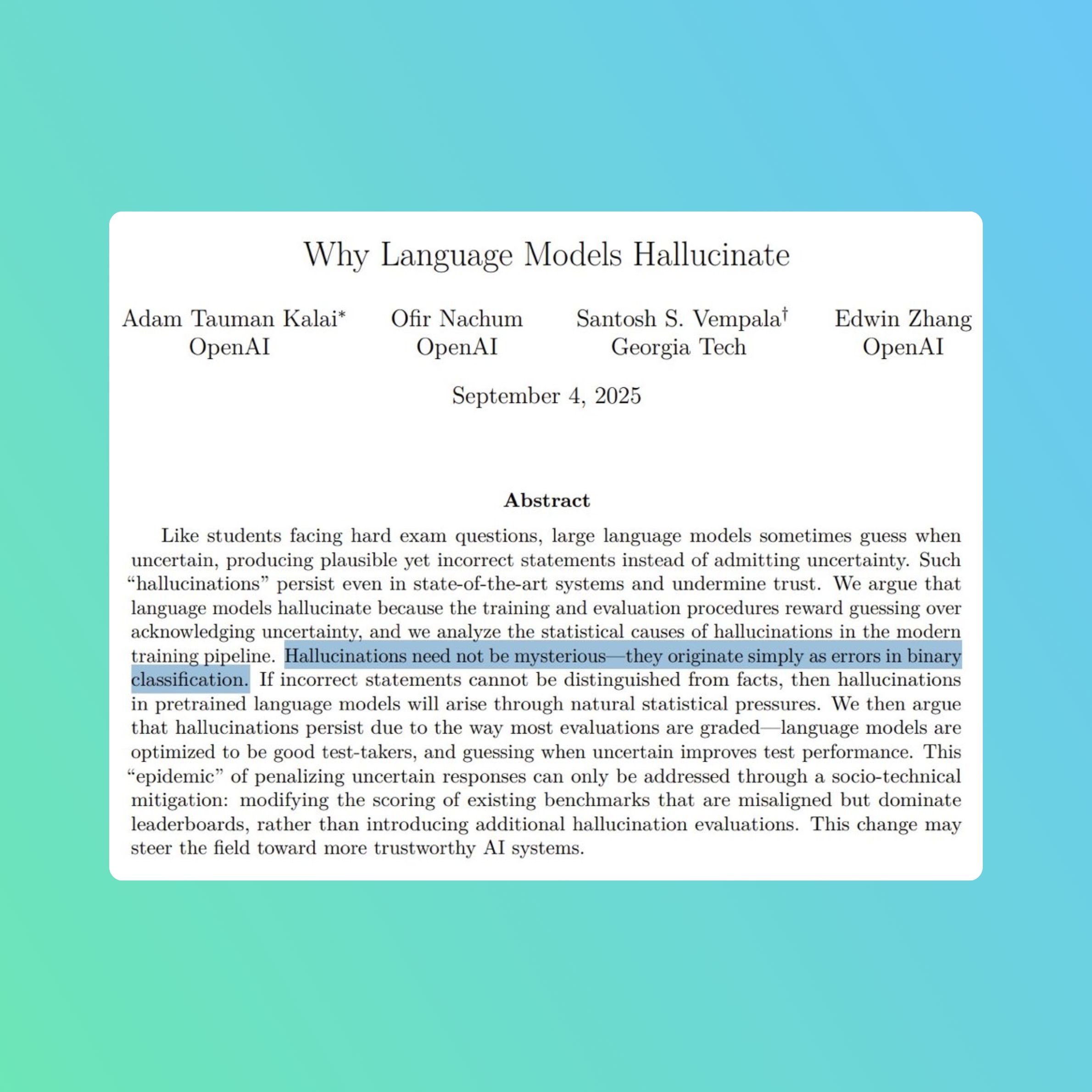· AI Engineering · 3 min read
Method AI: Curing Cancer by Using AI to Improve Surgery Accuracy
The startup uses AI and ultrasound imaging to create live 3D maps during surgery, helping surgeons see tumors and nerves hidden inside organs.

AI often gets reported in bad news. So I start this series to show the bright side of AI to help human life. This time, we talk about Method AI.
Method AI (Method Surgical) startup is aiming to improve the quality of cancer surgery. It combines a tiny 3D ultrasound camera with AI that analyzes the images in real time to assist the surgeon to make decisions.
The problem
In robotic surgery, a tiny robot with cameras is sent into the organ, but it can only show the surface. Tumors, vessels, nerves are all inside the organ. Surgeons must use their experience to judge what is underneath. Misjudges can leave cancer behind. It is estimated that up to 40% of surgeries fail to remove all cancer for some cancers types, which can lead to complications, repeat surgery, or even organs that cannot function anymore.
Their solution
They send a high-resolution 3D ultrasound into the organ, and send images to the computer. Their AI software uses those images to build a 3D map of all things under the surface. From that they build an AI-gen surgical plan to support the surgeon in real time, like how to cut and where to cut to access the tumor and avoid nerves. As the surgery goes on, they keep sending more images and update the surgical plan accordingly.
That significantly reduces guessing, helps doctors see better what is underneath, and improves operation accuracy, avoiding complications when cutting the wrong things. At the same time, they avoid radiation by using ultrasound instead of CT.
How they use AI
AI combines all the ultrasound images into a 3D map of what is under the surface of the organ. One hard thing is the body and tissues of the patient move all the time, so AI needs to keep the map updated and precisely track the robot position together with its tools. Based on the map, it keeps calculating in real time a proposal for a cut path, and recalculates instantly when there are changes or when it incorporates doctor input and decisions. An important requirement here is low latency. They need to optimize so that the time from camera images to insight is fast enough to be useful for the doctor in the middle of every move.
Typical use cases
Their technology is used for cases where the operation needs much higher precision than usual, such as:
- prostate cancer surgery, there are many nerves tied to sexual functions, so you need to be very careful not to cut them
- kidney surgery, to remove cancer while keeping the kidney healthy
- liver surgery, there are many vessels that could cause complications
As surgery is a very serious domain, I find the way they use AI here very judicious. AI assists, humans make decisions. AI provides fast and reliable information, and the surgeon uses their years of experience to make the decision. That combines the strength of both sides. Leaving AI to do a full pipeline from getting info to making the decision could go horribly wrong, as AI tends to compound errors over time.


